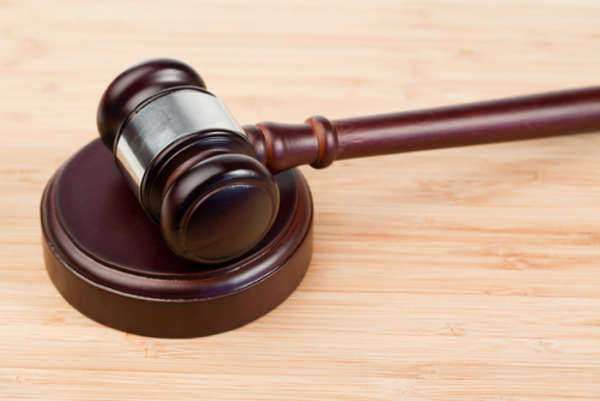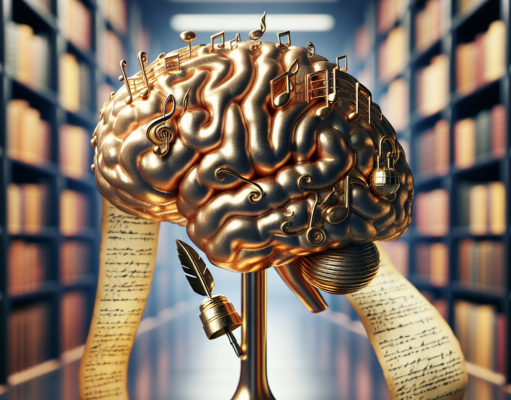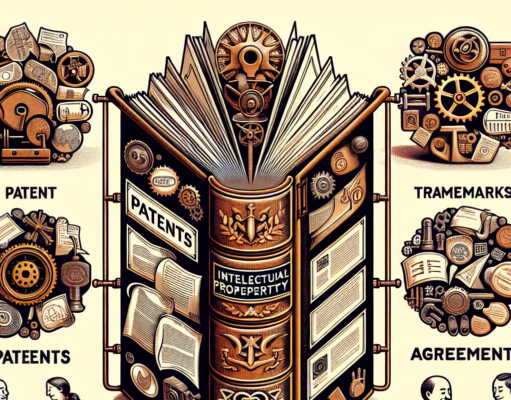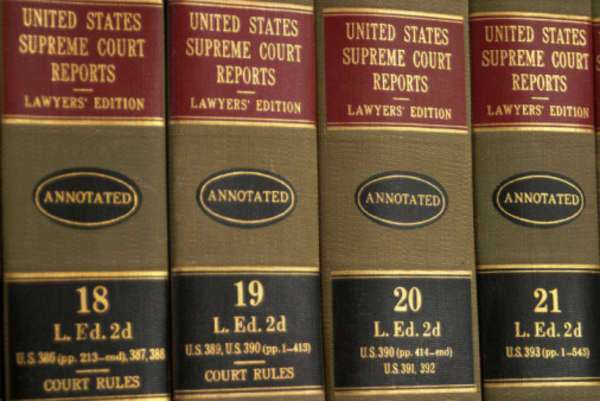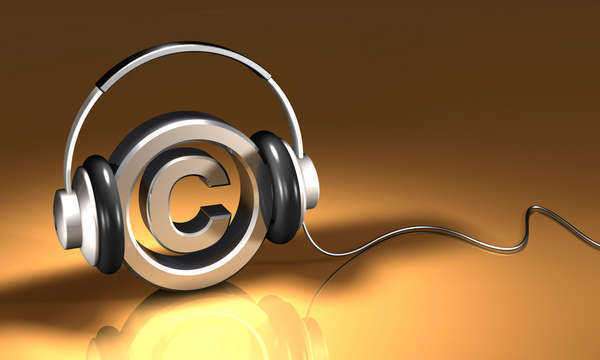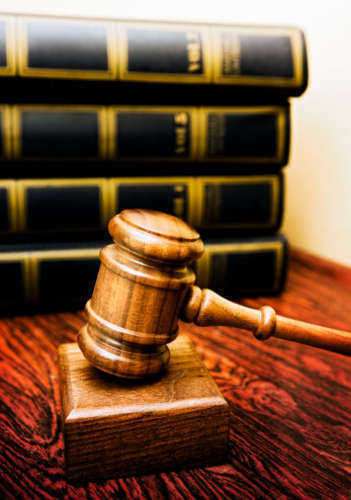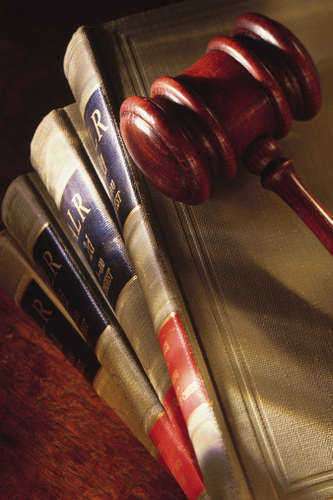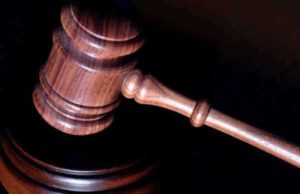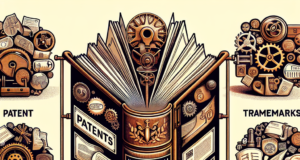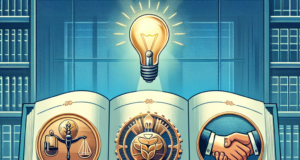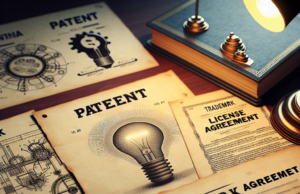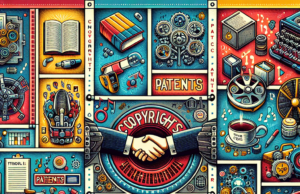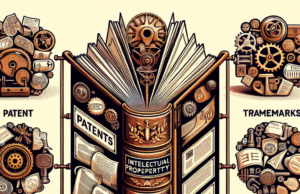
The Online Copyright Infringement Liability Limitation Act is covered under Title II of the Digital Millennium Copyright Act. The Online Copyright Infringement Liability Limitation Act, or OCILLA, was enacted as a form of protection from liability of piracy and copyright infringement for online or internet service providers.
The OSPs and/or ISPs are exempt from liability if certain implementations are imposed and if they meet certain guidelines, as provided by the copyright law provision.
In order to qualify for the limitations on liability, the Online Copyright Infringement Liability Act requires the ISPs and OSPs to comply with four categories according to their nature of service:
1. Transitory communications
2. System caching
3. Storage of information on networks or systems
4. Information location tools
Secondly, limitations of liability are also contingent in that the service provider meet two conditions. First, a certain policy must be implemented that warns and informs their users that such illegal activities of piracy and copyright infringement will not be tolerated and that multiple offenses are grounds for service termination, and the user may also be liable to criminal prosecution as stated under Federal legislation.
Second, service providers must not interfere with the measures instituted to the verification, identification, and protection of copyrighted materials by copyright owners. In other words, if a work is considered or identified as infringing on
copyrights, the service provider must not allow access to its users to such works or materials. Upon receiving notification from the proper copyright owner, the service provider must block and remove such work from availability to its users.
This provision also allows for service providers to be exempt from liability from their users themselves. If a user claims that a certain work is not infringing and gives proper notice to the service provider regardless of its actual nature, then a service provider will not be held liable and it is the responsibility of the user to be accountable for the use of that material if it is to be deemed infringing or piracy as determined by law.
This allows for subpoenas to be made to service providers to make the identities of their users known if the users are found to be violating copyright infringement restrictions. A service provider is, therefore, not liable for any monetary damages as long as it complies with these basic guidelines.
Other requirements also include that a service provider not stand to make a financial gain from the copyright infringing activity, knowledgeable or otherwise. If infringing works or material exists, they must not have prior knowledge of it being readily available to its users, and if such is the case and copyright owners notify service providers of such occurrence, they must either block or remove the infringing or pirated material from access.
Furthermore, there are further provisions implemented on the four copyright liability categories of transmitting, caching, storage, and linking. For transmitting, the general provision for liability limitation as stated by the Digital Millennium Copyright Act is that the provider simply acts as a method of transport or transmission of data from one location to another at the request of a third party.
This includes transmission, routing, or connections that may relay the data, and copies are made for the purpose of recording and operation of the network itself. The following liability limitation requirements for transitory communications must also be met:
Transmission must be requested by another party beside the service provider;
The transmission, routing, or connection must be initiated by an automatic response, without the actual selection of the material being carried out by the service provider;
The service provider, therefore, does not determine the material nor the recipients of such material;
The copies themselves are not available to anyone other than the original party making the request;
The material or information is not changed or modified in the transmission process.
System caching liability limitations state, as per section 512(b) of the Online Copyright Infringement Liability Limitation Act, that a service provider is exempt if storing of copies of material is made available by another party besides the service provider and the information is requested and sent to such a party. The service provider stores copies of the material for the sole purpose of being able to fulfill subsequent requests for the same material and dispatching a copy, rather than accessing the original source. Other conditions also apply:
The material must not be changed;
Any material posted by a user that has not been appropriately approved by the copyright owner must be removed, both at the service provider’s site and the user’s as well;
The provider must not interfere with the “site hit” count information or software used to calculate such information;
The provider has the responsibility of providing new and updated information of a particular work or material so as to prevent the transfer of outdated data and comply with the original source’s updated material.
The liability limitations of section 512(c) of the Online Copyright Infringement Liability Limitation Act are the ones that are most commonly observed and occur. This Section states that service providers are not liable to infringing material or works found or placed on websites within their network. Furthermore, liability limitations are also contingent based on:
The provider not having a prior knowledge of the website containing infringing works or materials;
The provider has the legal access to such material, but does not gain from its use monetarily or financially;
If the proper copyright owner notifies the service provider of the infringing material, the service provider must block its access or remove it from its network;
The provider has assigned an agent responsible to receive such notifications of infringement;
The provider must follow the statutes under the Take Down and Put Back provisions.
Limitation location tools are designated to encompass the use of hyperlinks, online directories, and search engines. The liability limitations under the Online Copyright Infringement Liability Limitation Act refer to the service provider linking its users to a site that contains infringing or pirated material. The following qualifications must be met in order to be exempt from liability:
The provider does not have a prior knowledge that the site being linked contains infringing or pirated material;
The provider has gained legal access to control such material and stands to make no financial profit from its use by the provider’s users;
If the proper copyright owner makes a notification of the infringing or pirated material, the service provider must remove it from its network or block it from its users immediately.
